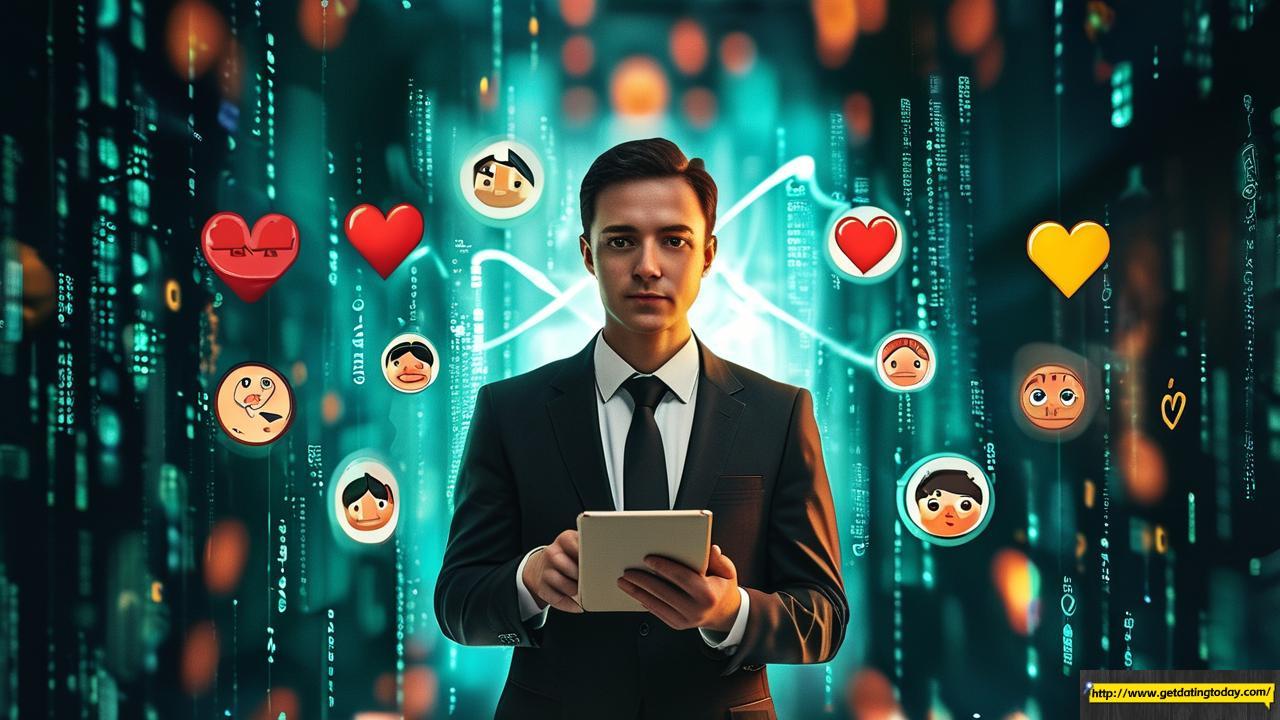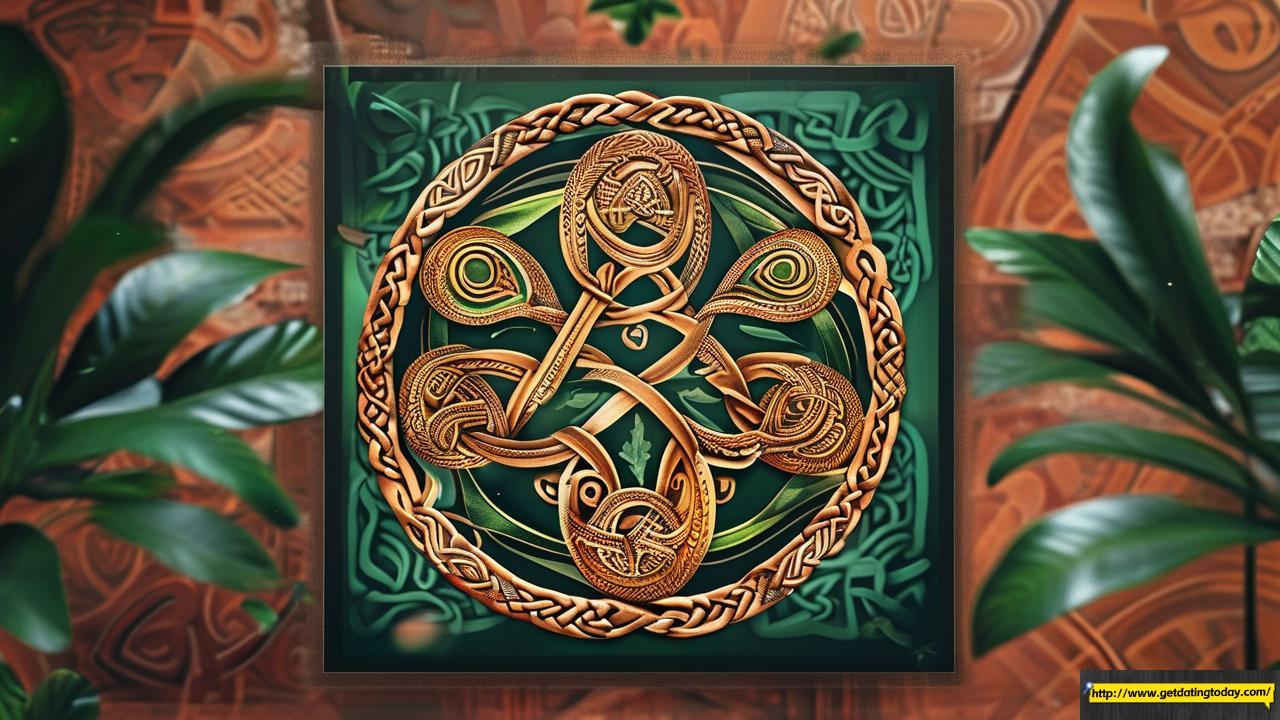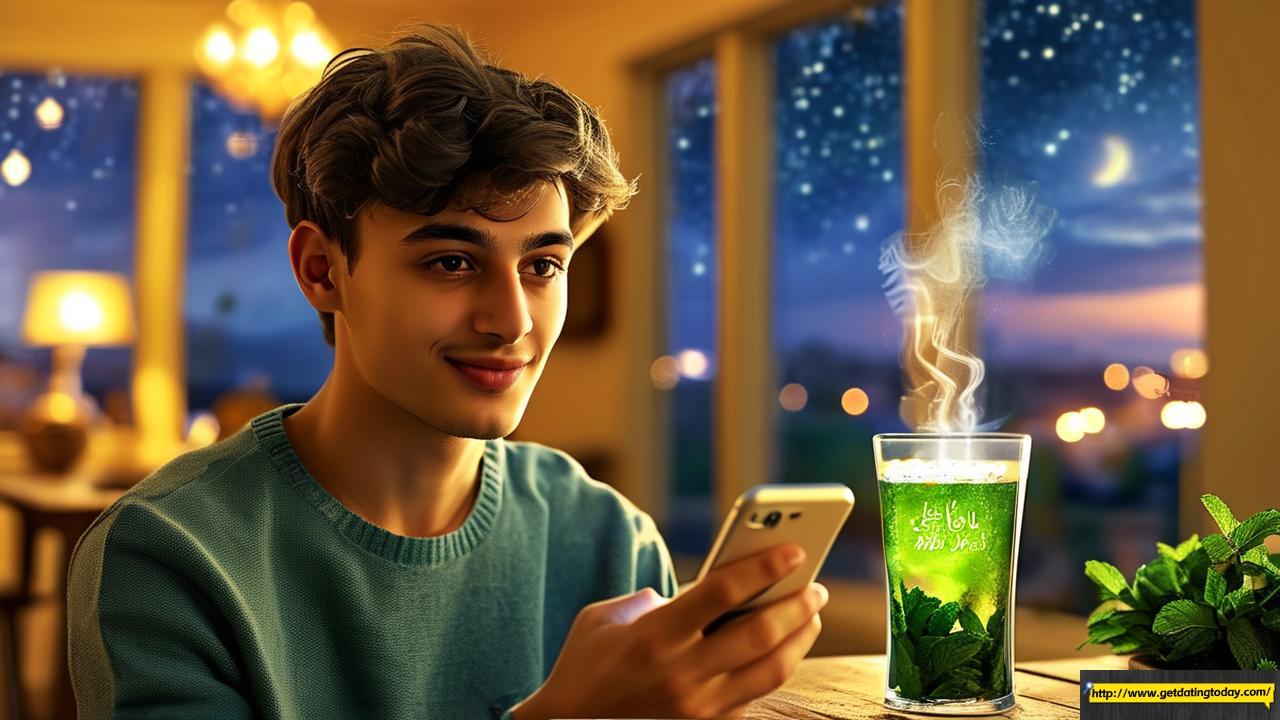The glow of a smartphone screen lights up Maria’s face as she giggles at a Mandarin meme her boyfriend Chen just sent from Shanghai. Three time zones away in San Francisco, Chen smiles at her voice message peppered with newly learned Chinese terms of endearment. Their story isn’t unique—millions of couples like them are rewriting romance’s rulebook, using technology not Apps Become Love Translators**
Language barriers once silenced countless cross-cultural connections, but today’s AI-powered tools are doing more than converting words—they’re decoding cultural contexts. Take WhatsApp’s instant translation feature: When Fatima in Dubai sends “Habibi” to her German partner Klaus, the app doesn’t just translate “my darling”—it explains the warmth embedded in this Arabic term through cultural footnotes. Studies show 70% of multinational couples actively use such tools, creating what linguists call “third-culture dialogue”—a linguistic smoothie blending syntax and sentimental nuances from both worlds.

Virtual Reality Dates: Shared Worlds Beyond Geography
Imagine putting on a headset and stepping into your partner’s childhood neighborhood in Kyoto while they explore your favorite Parisian café—all during lunch breaks. VR co-dating platforms like Flirtual now host “cultural immersion dates” where couples cook virtual tamales together or attend AI-recreated festivals like India’s Holi. These shared digital experiences activate the same neural pathways as physical travel, according to Stanford researchers, essentially tricking the brain into building cross-cultural intimacy.
Emotion AI: Your Relationship’s Cultural Interpreter
Machine learning isn’t just for tech giants—apps like Coral detect micro-misunderstandings before they escalate. When Carlos jokingly compares his Swedish girlfriend’s reserved communication style to “Nordic winter,” the app recognizes potential cultural friction. It suggests context: “In Swedish culture, directness values clarity over warmth it as having a UN mediator for your love life, trained on 10,000+ cross-cultural relationship case studies.

Digital Rituals: Creating New Traditions in Pixels
Tech-savvy couples are honor both cultures. A Korean-Brazilian pair might exchange “digital jeong” through customized KakaoTalk stickers during São Paulo’s rainy season, symbolizing Korea’s monsoon-season bonding rituals. Blockchain platforms now enable couples to co-design NFTs representing fused cultural symbols—like mixing Maori koru patterns with Celtic knots—turning cultural differences into collaborative art projects.

Social Media as Cultural Compass
TikTok’s #CulturalLoveHacks trend reveals how Gen Z uses algorithms to learn partner’s heritage. Predictive text tools now auto-suggest culturally appropriate foreign in-laws. One viral example: An Egyptian man’s keyboard learned to prompt “Would you like mint tea?” in Arabic script before his evening calls to his Moroccan girlfriend’s family—a small tech tweak that scored big relationship points.

The pixelated heart emoji you send today might carry more cultural weight than a handwritten sonnet from another era. As augmented reality glasses and emotion-reading wearables enter the dating scene, the future promises tech that doesn’t just connect two people but interweaves their cultural DNA. Love in the digital age isn’t about abandoning tradition—it’s about using circuits and satellites to write new chapters in humanity’s oldest story. After all, the most powerful algorithm remains the human heart—now with cross-cultural compatibility upgrades.
